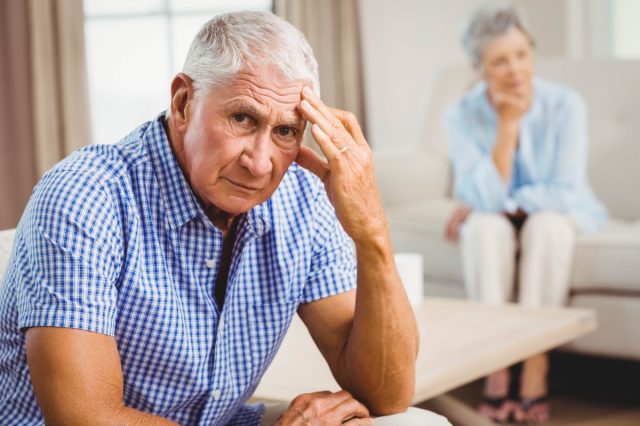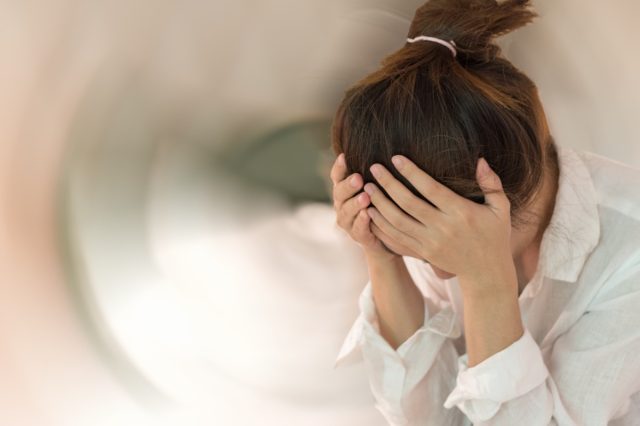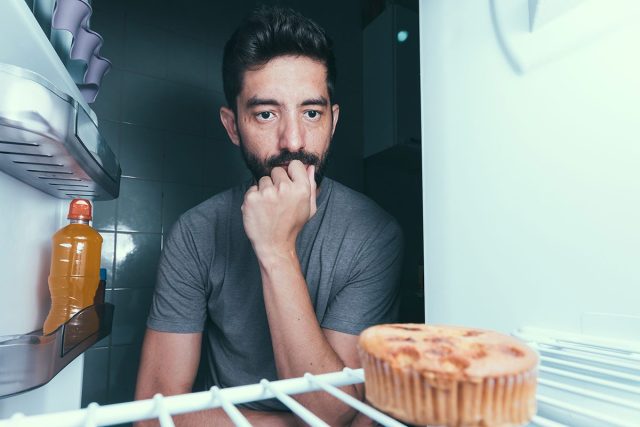A recent study from the University of California San Diego School of Medicine shows that 61% of patients who used cannabis began after age 60. “Surprisingly, we found that nearly three-fifths of cannabis users reported using cannabis for the first time as older adults. These individuals were a unique group compared to those who used cannabis in the past,” says Kevin Yang, co-first author and third-year medical student at UC San Diego. “New users were more likely to use cannabis for medical reasons than for recreation. The route of cannabis use also differed with new users more likely to use it topically as a lotion rather than by smoking or ingesting as edibles. Also, they were more likely to inform their doctor about their cannabis use, which reflects that cannabis use is no longer as stigmatized as it was previously.” Here are five surprising side effects of marijuana after age 55, according to experts. (Do not take any substance without discussing with your doctor.) Read on—and to ensure your health and the health of others, don’t miss these Sure Signs You’ve Already Had COVID.
Heavy marijuana use can lead to neurological issues, doctors warn. “It has been well established that heavy marijuana use in both young and middle-aged adults can cause mild functional and structural brain impairments affecting attention, processing speed, motor coordination, verbal memory, and executive function,” says Marc E. Agronin, MD. “Although these effects may be more variable with lighter use in older adults, they may be amplified by preexisting brain impairment as well as by underlying pulmonary and cardiovascular conditions, especially when medical marijuana is smoked or vaped.”

Marijuana has the potential to worsen delirium in dementia patients, experts say. “The psychoactivity, or the high that cannabis causes, is another potential concern for older adults, especially those at risk for confusion and dementia,” warns Harvard Health. “These days, with the ability to buy cannabis in medical dispensaries, there is more control over the types or strains of cannabis that one can buy and consume, and it is easier to avoid the high by controlling the dose and by keeping the THC content low. Strains that are low in THC (the chemical that causes the high) and higher in CBD, which is non-intoxicating, may be preferable to avoid the psychoactive experience of marijuana. Still, if an older person has experienced delirium, or any psychiatric conditions, they and their doctors should proceed with caution.”

Studies show that marijuana can cause dizziness, lightheadedness, and psychiatric symptoms in older adults. “[T]hese results indicate that THC-containing CBMs should be used cautiously in those aged 50 years or older, especially considering that dizziness or light-headedness may increase the risk of falls among older adults,” researchers advise.

There is concern that older people could take too much marijuana, particularly with edibles. “Older adults generally need less, because their metabolism has slowed,” says Eloise Theisen, president of the American Cannabis Nurses Association and a geriatric nurse-practitioner in Walnut Creek, CA. “They can have a delayed onset, so it’s easier to over-consume, especially with products that taste good.”

While there is evidence that medical marijuana can be beneficial for issues such as pain management, doctors are advising caution. “I get 90-year-olds who come in and say, ‘Do you think I should try marijuana? My daughter said I should,'” says Dr. Gretchen Orosz, an internal medicine doctor with a specialty in geriatrics. “It’s surprising how many older adults, who never used marijuana back in the 60s or who smoked a little back in school, are open to using it for medicinal purposes. We’re getting more people being open about it and inquiring about it… It’s a big unknown. We just don’t have studies that support the use. We know that THC (tetrahydrocannabinol) is psychoactive and the aging brain is more vulnerable to psychoactive drugs. So we tell our patients that they have to be very careful when using THC.” And to protect your life and the lives of others, don’t visit any of these 35 Places You’re Most Likely to Catch COVID.
Ferozan Mast

 The Best Legal Delta 9 Near You in Park Forest North
The Best Legal Delta 9 Near You in Park Forest North 
Be the first to comment